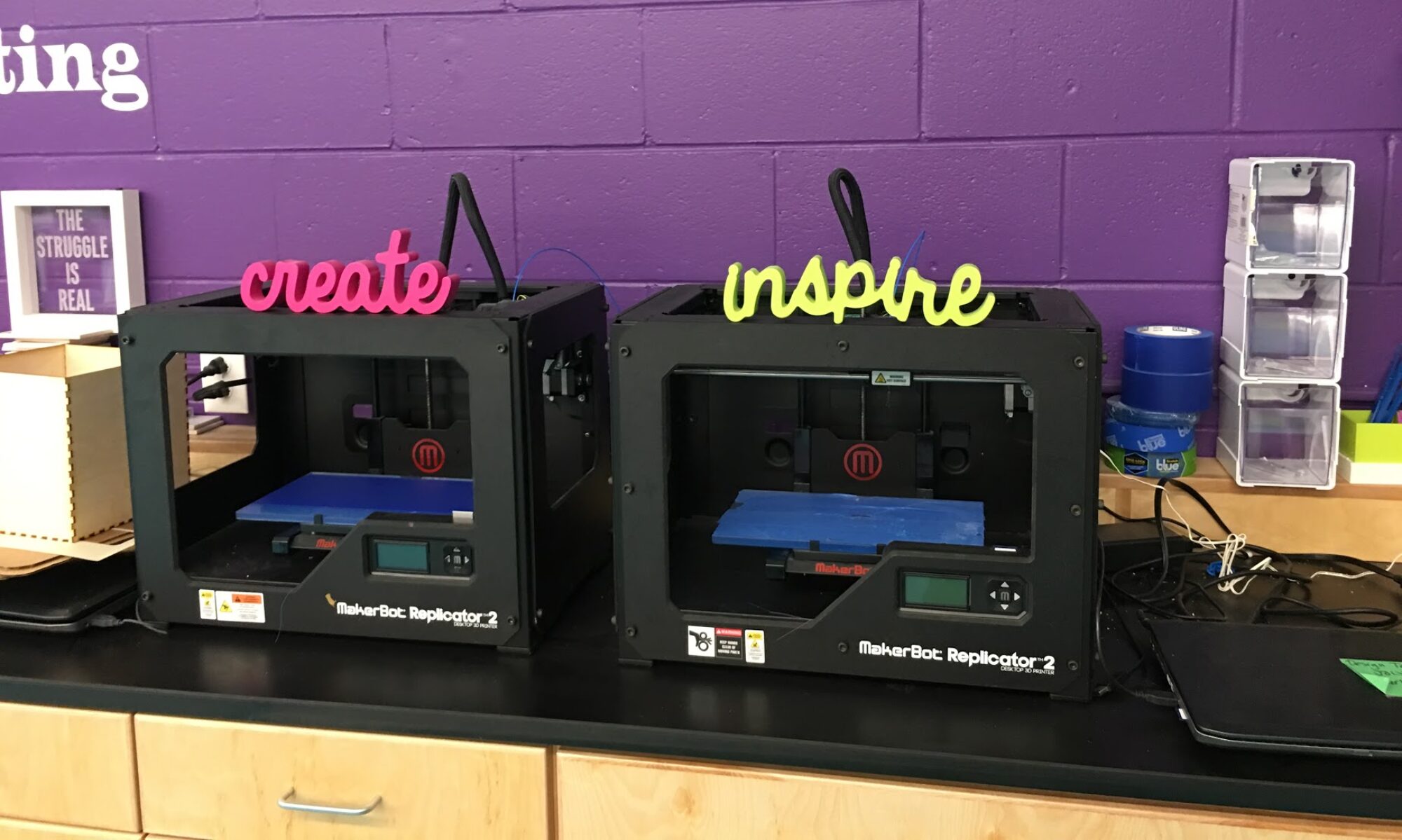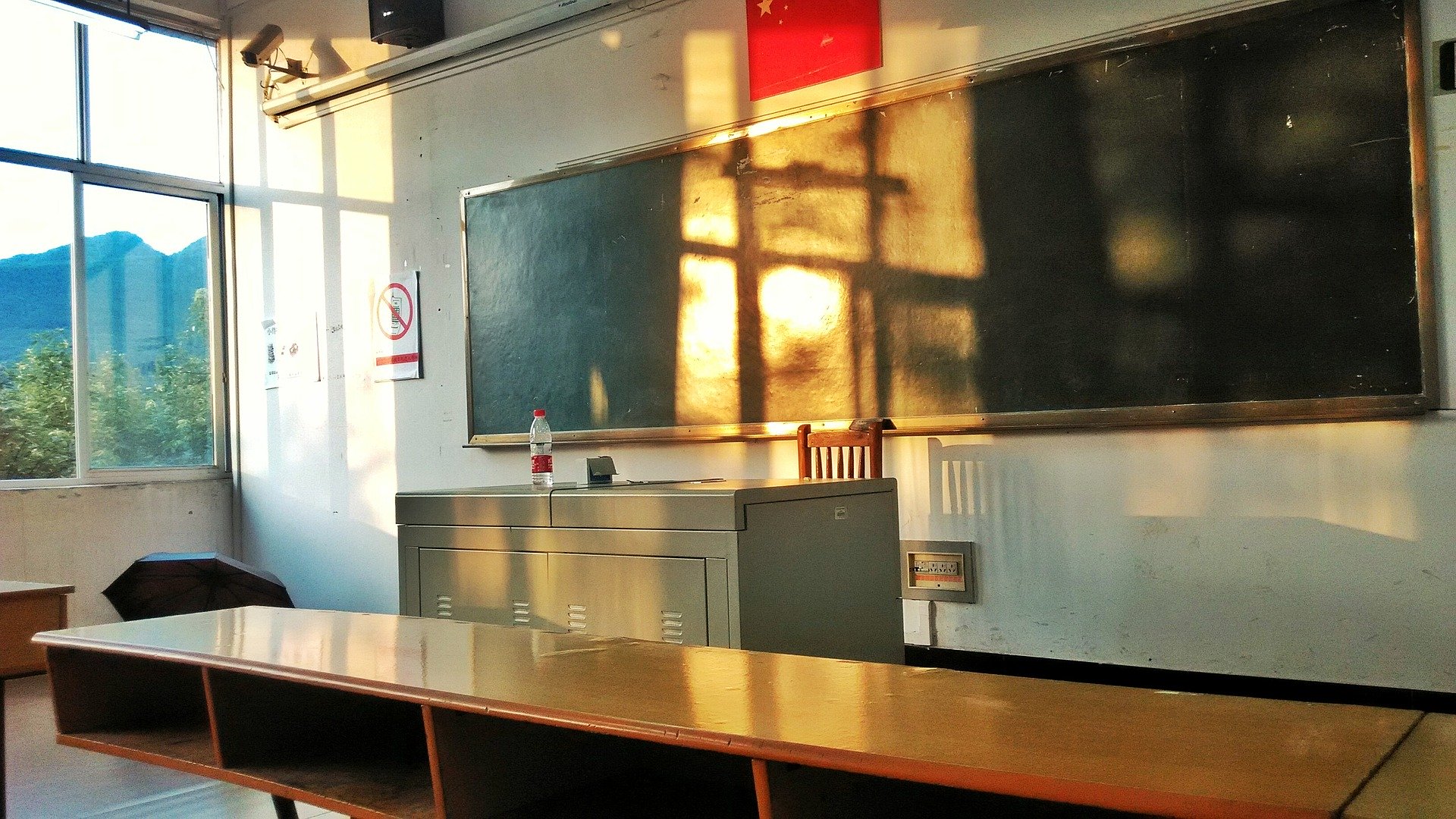As we consider widespread school closures and how we might adapt, it’s important that our aim isn’t to recreate a typical school day, but instead, leverage strong teacher and student relationships and available technology to prioritize connection and support each other, and to create and document learning experiences and activities.
We are in uncharted waters. It’s okay to not have all of the answers. We’re all in this together.
And speaking of being in this together, I want to share some thinking I did with my partners at the Greater Rutland County Supervisory Union (GRCSU). The following thoughts were developed with the GRCSU coaching team. We hope this helps. Together, we got this!
Before a closure:
Instead of launching into remote learning mid-stride, consider taking a step back. What if we imagine instead that we are beginning a new, online school year? How would you be preparing for remote learning then?
Think back to those first days and weeks of school. How did you scaffold and set students up for success and new routines? How can you apply that here?
What norms and expectations can you develop so that students’ online experiences feel as safe and engaging as face-to-face time?
If your school is still open, consider what skills and materials students might need to access learning online and plan for those before a closure. Consider how you might scaffold online learning.
Also consider: Can students bring their devices home? What is the plan for students who don’t have device access (or adults available to help?)
Keep it simple:
- What are your norms for online engagement?
- How will you communicate with students? How are you going to disseminate information and resources?
- Which apps or tools are students familiar with? Let’s freshen up those skills.
- Are there any essential new tools students need to learn how to use?
- Can you (or your students) create screencasts on how to use or access tools for reference later?
Shifting from content to transferable Skills
It will be incredibly challenging to offer equitable opportunities to all students remotely. Therefore, it seems that we may want to consider what is most important, what is realistic, and how we can use our resources so that students who need extra support can get it. Many families will be experiencing incredible challenges during this time — from childcare coverage, from economic hardship, and from actual illness.
It’s unreasonable to think that we’d be able to continue to meet all of our content area proficiencies under these circumstances. But this is a great opportunity to shift focus to transferable skills, and engage students through reflection.
Why? Because the transferable skills are likely the skills students are using, or could use, to navigate daily life: clear & effective communication, problem-solving, citizenship. As educators, we can help students connect their lived experiences to these skills, and hold space for reflection. This is learning.
Changing the structure
We can’t recreate the school day online. And we shouldn’t try. So how might we simplify things, while remaining connected with students?
Tending to social-emotional needs may be a priority during this time. Can you hold a virtual “morning meeting” for students who are able to attend? Can you offer 1:1 check-ins with students to keep them moving in their learning?
For students of any age, consider:
- Holding a (morning/afternoon) meeting to check-in with everyone. Use this time provide emotional & social connection (and to deliver any whole-group instruction if necessary);
- Using a (familiar to students) Learning Management System (LMS) to communicate work and assignments;
- Holding office hours or scheduling virtual (or phone) meetings with individual students;
- Using a reflection tool like Flipgrid, so that students can reflect or respond to prompts, assignments, or conversations.
Middle/High Schools:
Students in these grades often have multiple teachers. For some students, this is challenging enough in person. How can your faculty streamline this for students?
In addition to the suggestions above, consider:
- Having advisors or another faculty member be the ‘point person’ for each student, instead of expecting students to connect with all of their teachers.
- Work together as a faculty to develop expectations and assignments, have the advisor/point person communicate that to their advisees using the LMS.
- At one school, teachers have been using Google Classroom as a faculty to share curriculum and student assignments related to Personalized Learning Plans (PLPs). This way advisors all have access to the PLP materials and can deliver them to their individual advisees, this model could work in this situation as well!
- Check out the Distance Learning JumpStart Guide
Building on what they know
This is probably not the best time to introduce a lot of new technology or tools. What do students already know how to do and use that you could build upon? Are they already familiar with Google Docs, or Google Classroom?
Synchronous vs asynchronous delivery
Delivering synchronous instruction may prove challenging. If you aim for this method, try to keep it to a minimum.
Asynchronous formats might be simpler, especially if/when bandwidth is a consideration. This means offering an assignment or learning opportunity for students to engage with at their own pace. Consider tools such as VoiceThread or Marcopolo. Online forum software. Chat.
Determining what’s essential
Helping students find a way to practice and retain their skills is a great place to start.
How can you pare down and focus on the essentials? Which texts are you using? Which skills are you focusing on? How might they translate to activities outside the classroom?
Stay connected
Perhaps the most important priority at this time is staying connected, providing some sense of continuity, and emotional support. Learning targets, skills and practices may need to be disrupted as other priorities take center stage in students’ lives, due to this unprecedented move. And that’s okay. Reach out, and encourage connection. Provide humanity. Encourage students to communicate complications. If nothing else, provide simple understanding: “I hear you. That’s challenging. How are you doing? Are you okay? I want to keep hearing from you, all right?”
And this applies to you as well, educator friend. Let’s take this opportunity to slow down, step back, and breathe. We’re in this together.



good stuff, Emily!